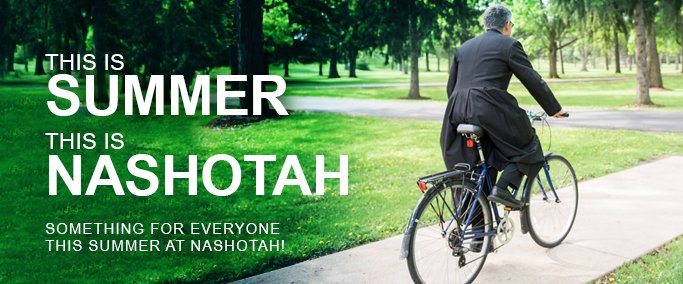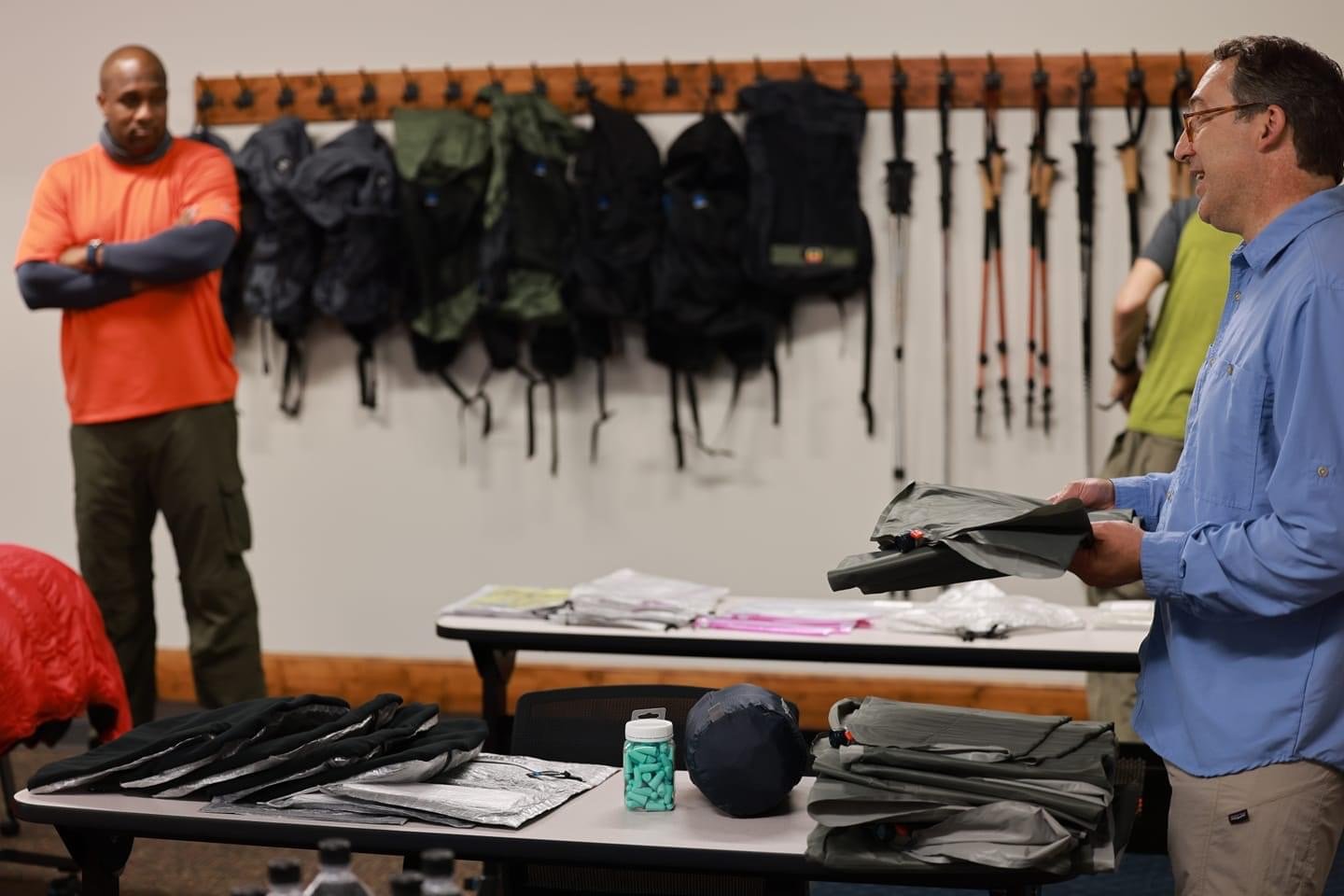The Spirituality of Minimalism
By the Rev. Dr. Thomas L. Holtzen, Ph.D., Professor of Historical and Systematic Theology at Nashotah House
Psalm 19 tells us about how God speaks to us through his creation. In all its wonderful action, the whole of creation tells us about the majesty and magnificence of God:
The heavens declare the glory of God, *
and the firmament shows his handiwork.
One day tells its tale to another, *
and one night imparts knowledge to another.
Although they have no words or language, *
and their voices are not heard,
Their sound has gone out into all lands, *
and their message to the ends of the world.
In the deep has he set a pavilion for the sun; *
it comes forth like a bridegroom out of his chamber;
it rejoices like a champion to run its course.
It goes forth from the uttermost edge of the heavens
and runs about to the end of it again; *
nothing is hidden from its burning heat.
The silent sentinels in creation speak to us daily, even though “their voice is not heard.” Who can see a sunrise or sunset and not hear in the silence the voice of God? Who can experience the soul-aching beauty of creation and not understand God’s unspoken language? Truly “the heavens declare the glory of God” when each day pours forth its voiceless speech. Behold the beauty of a storm. Listen to the silence of the falling snow. Feel the rain wet your face. Let the sun warm your skin. Know that God your creator is always present.
Remember what happened to Elijah when God passed before him? God was not in the strong wind that sent boulders tumbling down the mountain. God was not in the earthquake that shook the roots of the mountain beneath Elijah’s feet. God was not in the fire that came crashing down from heaven with each lightning strike. God was in the “sound of sheer silence.”
It is in the silence of life that we find God. We must learn to listen for the silence. But silence can only be had by not hearing. And, so, we need to learn to quiet our lives to find God. We need to wean ourselves of those distractions that keep us at an arm’s length from God. The quieting of the soul to listen to God is difficult to learn. Sometimes God may need to remove something from us before we can hear him. Sometimes we need to stop our frenetic activity so that we can learn to rest in his loving arms. Sometimes it’s only when we are weakened or wounded that we can hear his word to us: “Be still, then, and know that I am God.”
This is the spirituality of minimalism. It is the spirituality of learning to put away all those things of this world that distract us from God. The spirituality of minimalism is not asceticism, although it is an askesis–an exercise, discipline, or practice–which anyone can adopt. It is not about doing without. Rather it is about culling everything out of your life that keeps you from God because He is the One who Is.
If you desire a deeper communion with God through the beauty of his creation, you might want to check out a new course at Nashotah House called The Spirituality of Minimalism, AT710/810. The course was created last year with the help of a generous Conant Fund Grant, used to purchase backpacking gear. During our time together, we explore the spirituality of minimalism by hiking a section of the Ice Age Trail in the Northern Kettle Moraine State Forest. Fr. Thomas Buchan assists with the course, so you know it is fun!
In case you’re wondering what’s involved . . .
During the time we’re on the trail, we put our mobile phones away and live off the grid for a few days. On the first morning we introduce the spirituality of minimalism; then, we outfit you with the gear you will need and drive to our first campsite, where we set up camp and have Evening Prayer. The next days follow the same routine: we get up each morning, have Morning Prayer and celebrate the Eucharist, followed by breakfast; then we hike a section of the Ice Age Trail, the first hour in silence. Usually we hike between six to eight miles, with ultralight packs weighing less than twenty pounds, then we set up camp, eat, and have Evening Prayer. In the evening we enjoy each other’s company, tell stories, and get to know each other. Some nights we even have a campfire.
In keeping with our theme, the requirements of the course are minimal. You will read a few books and write a paper developing your own spirituality of minimalism.
Let me encourage you, though, even if hiking is not your thing, take time to be alone with God in creation. Listen to his silent sentinels who, with their voiceless speech, tell their story of the sheer majesty, glory, and beauty of our God. Then, be still and know that He is God.
The Rev. Thomas L. Holtzen, Ph.D., serves as Professor of Historical and Systematic Theology at Nashotah House. Since his ordination in 2003, Fr. Holtzen has served as priest-in-charge at St. Paul’s Episcopal Church in Ashippun, Wisconsin, one of many area churches founded as mission churches by Nashotah House over 150 years ago. There he celebrates the Eucharist, preaches, teaches adult education, provides pastoral care, and oversees the functioning of the parish. At the bishop’s invitation, he served on the Diocese of Milwaukee’s Dialogue Task Force on Human Sexuality in 2003–2004 and authored the “Classic Response.” Fr. Holtzen’s professional interests include Christian doctrine, especially the Trinity, Incarnation, soteriology, sacramental theology, and the theology of St. Augustine and John Henry Newman.
In this experiential course, Spirituality of Minimalism, students will hike a portion of Wisconsin’s ancient Ice Age Trail using ultralight backpacking and its ideology of “less is more” as a heuristic to develop a spirituality of minimalism. In addition to readings on minimalism, this course will examine selected works of apophatic theology to allow students to develop their own spirituality of minimalism by identifying what distances them from God and from others and help them develop productive and healthy ways of reconnecting. To learn more or to register, please visit https://nashotah.edu/summer-2022/


